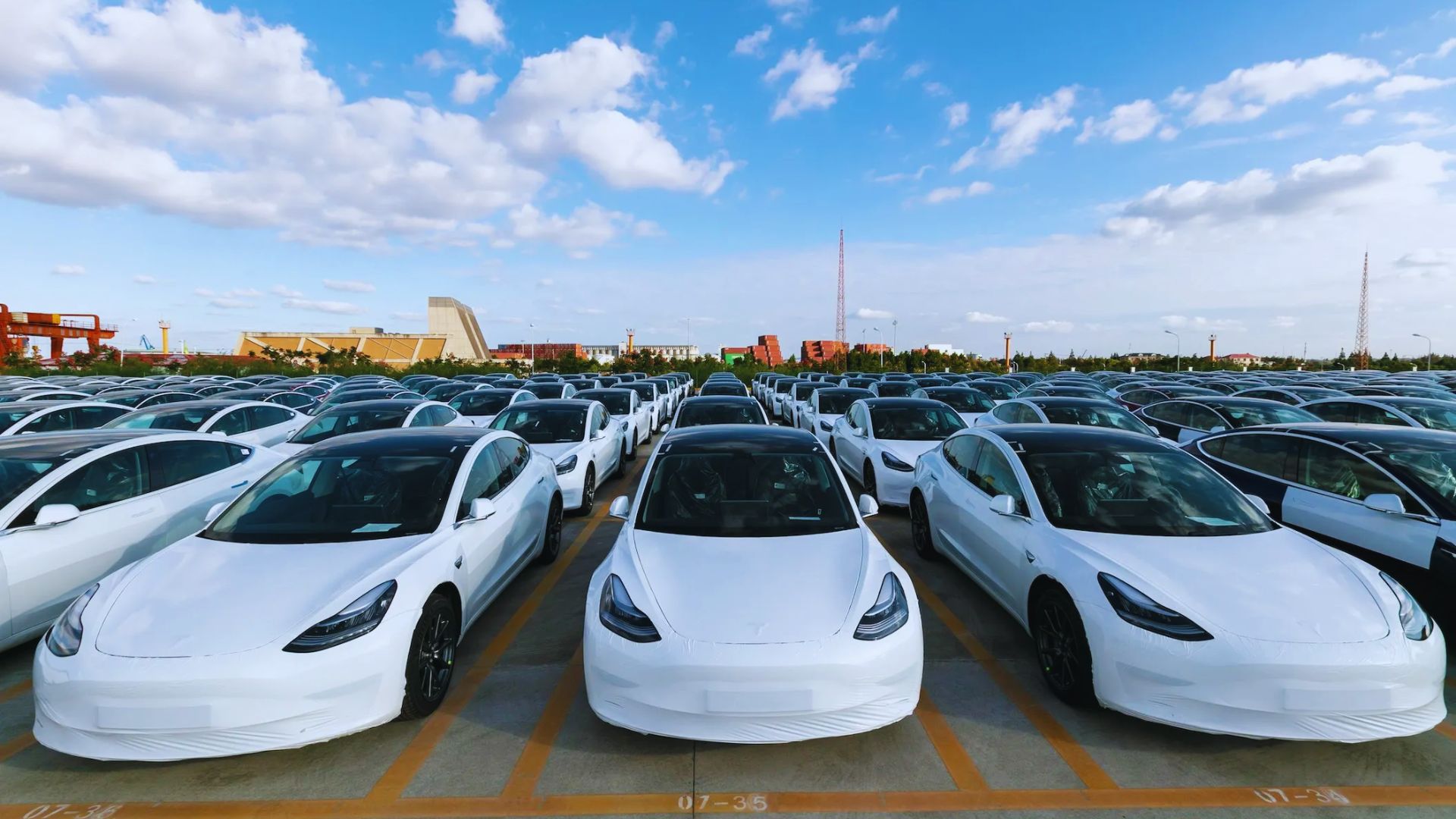US EV sales reach record highs in Q3, with Tesla’s market share slightly declining amidst increasing competition and evolving pricing strategies.
The US electric vehicle (EV) landscape witnessed a significant shift in the third quarter, with record-breaking sales numbers and a slight dip in Tesla’s market dominance.
Kelley Blue Book (KBB), a renowned automotive research firm, reported that US EV sales in Q3 soared past 313,000 units. This marks an impressive 50% growth compared to the same period last year and a slight increase from the 298,000 units sold in Q2. As a result, the EV market share reached a new high of 7.9%, up from 6.1% a year ago.
Jonathan Smoke, the chief economist at Cox Automotive (KBB’s parent company), attributed this surge to factors like increased inventory, a broader range of available products, and competitive pricing. “The US EV market is experiencing consistent growth, driven by higher inventory levels, more product choices, and downward pricing trends,” Smoke commented.
Highlighting the rapid growth, KBB pointed out that just three years ago, annual EV sales barely surpassed 250,000. Now, projections indicate that this year’s sales could exceed the 1 million mark. This growth is further bolstered by the introduction of 14 new EV models. Major automakers, including Volvo, Nissan, Mercedes, and Hyundai, reported over 200% growth in their EV sales, albeit from a smaller base.
However, the spotlight remains on Tesla, the industry’s behemoth. The company sold over 150,000 EVs in the US, capturing half of the total market. But this dominance is showing signs of waning. Tesla’s market share has dropped to its lowest ever at 50%, a decline from 62% the previous year. Despite this, Tesla’s sales volume has grown by 19.5% year over year, outpacing the industry’s overall growth rate of 16.3%.
Tesla’s aggressive price cuts over the past year have played a role in this growth. KBB’s report highlighted that Tesla’s prices have been reduced by approximately 25% year over year, a strategy that seems to be paying off in terms of sales volume.
Ford, another key player, has also adjusted its pricing strategy, reducing prices for its Mustang Mach-E SUV and Ford Lightning EV pickup. However, the broader concern remains the relatively high cost of EVs in the US. KBB stated that the average transaction price for an EV stands at $50,683, down from $65,000 a year ago. This is still significantly higher than traditional gas-powered vehicles, which are often priced below $30,000.
A recent EV sentiment poll by Yahoo Finance, in collaboration with Ipsos, revealed that 70% of participants expressed concerns about the overall cost of EVs.
Tesla’s CEO, Elon Musk, has been vocal about making EVs more affordable. He believes that gaining market share is more crucial than maintaining Tesla’s industry-leading profit margins, which once surpassed 20%. However, for the industry to achieve a 10% or even 20% national market share, more affordable options, similar to Tesla’s Model 3 and Chevrolet’s Bolt, are essential.
In conclusion, the US EV market is evolving rapidly, with traditional giants like Tesla facing stiffer competition. As the industry grows, affordability will be the key to unlocking further mainstream adoption.




